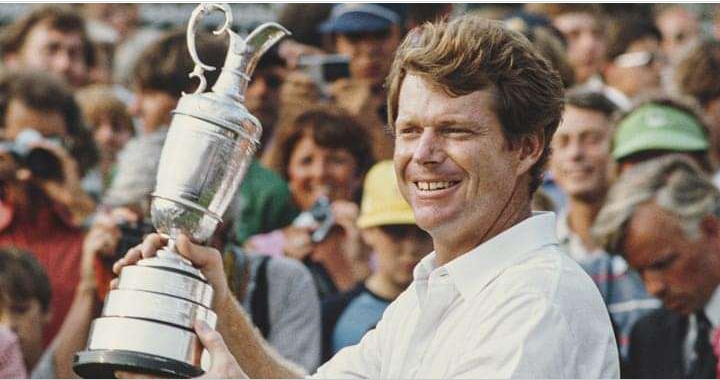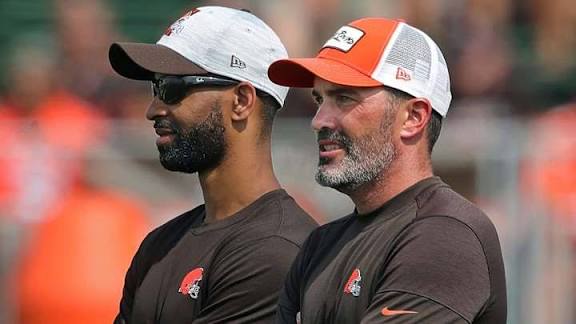For some professional golfers, their best year is their winningest, but for Tom Watson, it was the season he captured two major championships by taking down Jack Nicklaus—both times.
That year, 1977, Watson defeated Nicklaus at the Masters and the Open Championship and finished top-10 in the year’s other two majors. He was awarded PGA Player of the Year, a title he took from Nicklaus. Watson’s big season seemed to ignite his game and give him the momentum to continue dominating the tour for the next three years—well that, and his incredible short game.
“The player who wins in golf, whether it be on the PGA Tour or in his local Sunday foursome, is the player who excels at the short game,” Watson said in a Golf Digest article from 1978.
During his prime, Watson had the best short game around. In the same article noted above, he attributed his success inside 50 yards to two keys: club selection and distance awareness.
“When choosing a club, your rule of thumb should be to use a more lofted club from a downhill lie and a less lofted club from an uphill lie,” Watson said.
“Distance awareness involves knowing how far the ball will roll. Usually you can figure on carrying the ball a third of the distance to the target and letting it roll the final two thirds,” Watson said. “But this can vary with the club you have in your hands, the texture of the green surface, the amount of green you have to work with and the length of the shot.”
Watson also revealed a few rules for hitting recovery shots around the green, one of which was spot-chipping. “It simply means aiming at a point on the green where you want the ball to land and letting it run from there to the target,” Watson said. “This is the way I practiced as a youngster, and I find it the best way to develop distance awareness.”
“Hit four or five shots to the hole from a particular distance with a particular club. Note where each ball lands and how close it ends up to the hole,” Watson said. “Then place a coin on the ideal landing spot and practice landing the ball there.”
“Don’t concentrate just on that spot—you must also keep your primary target, the cup, in mind,” Watson said. “Develop a picture in your mind of the ball landing on the spot and rolling to the hole.”
“Now try the drill from the same spot with a different club. Your landing point will either be closer or farther, depending on the loft,” Watson said. “Practice in this manner with different clubs from different distances. Soon you’ll acquire a feel for how far each club will carry and how far it will roll.”
“With enough practice, this feel will become instinctive on the course, and you’ll find more and more of your chips winding up within one-putt range,” Watson said.


